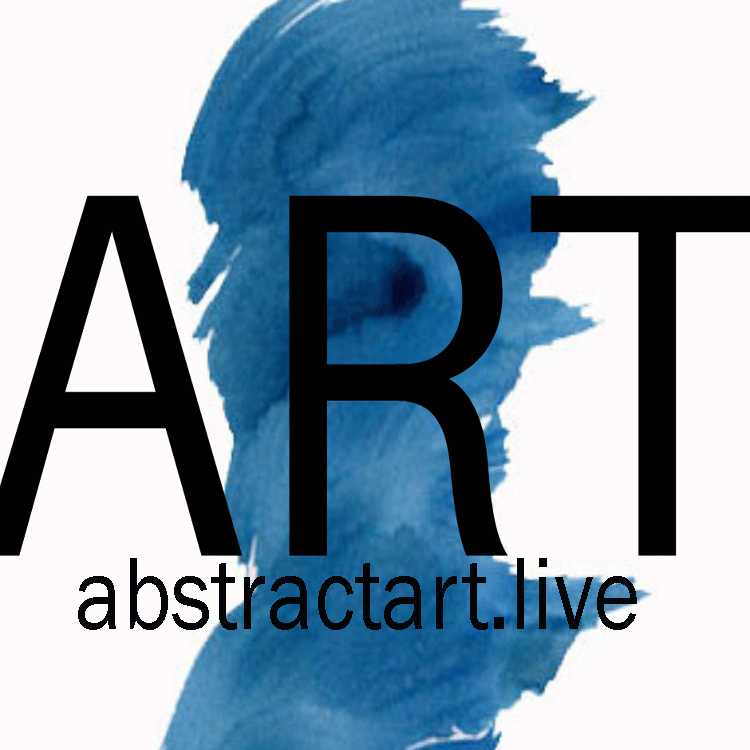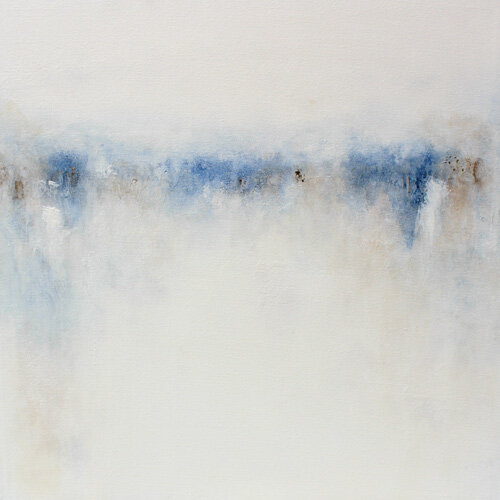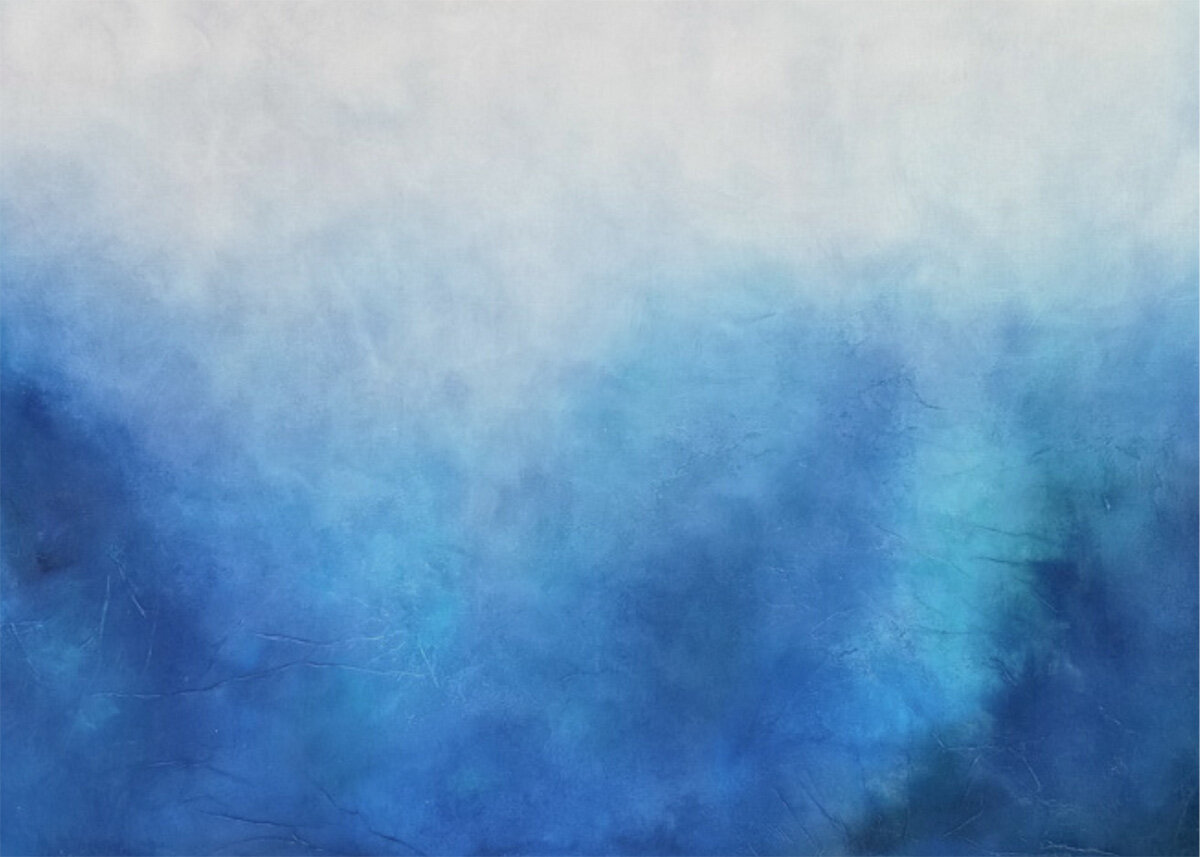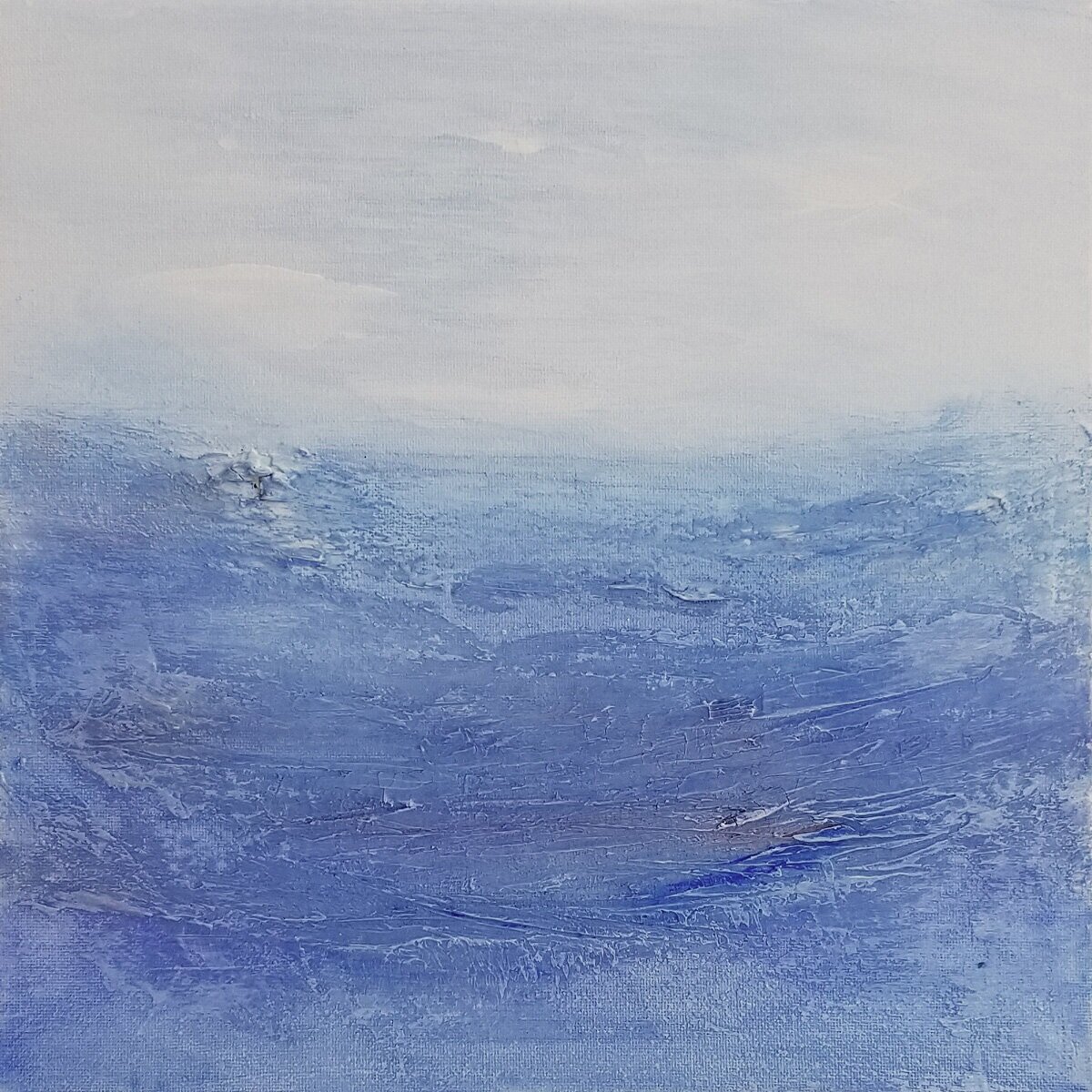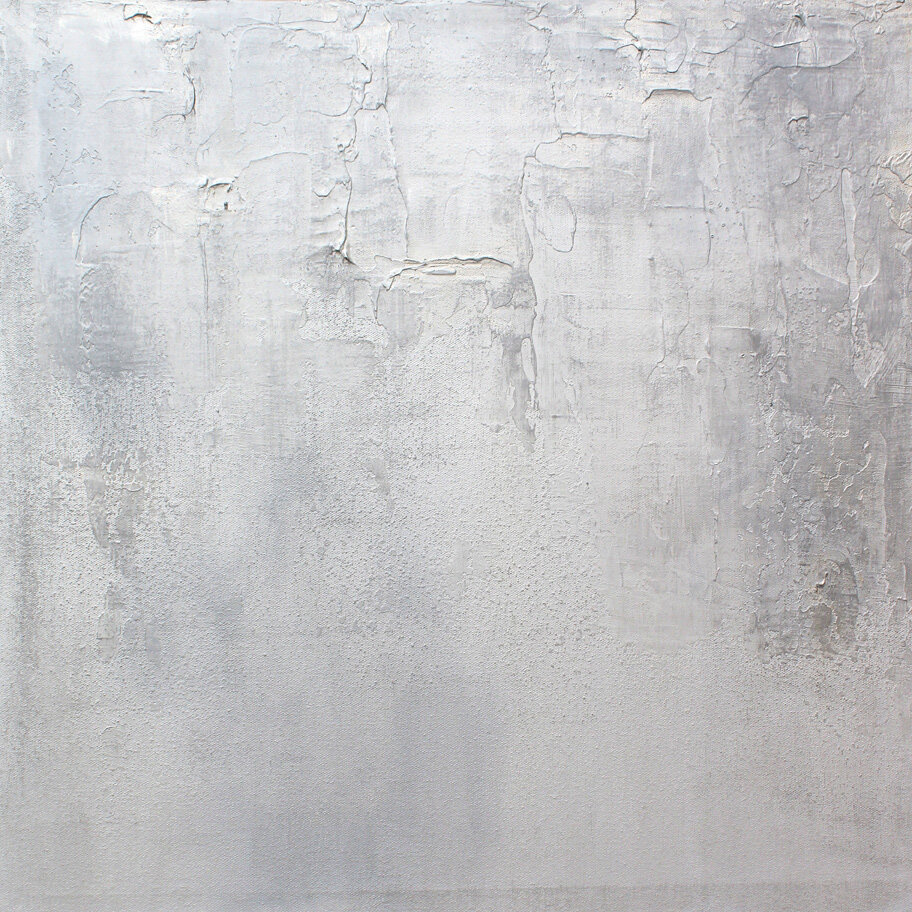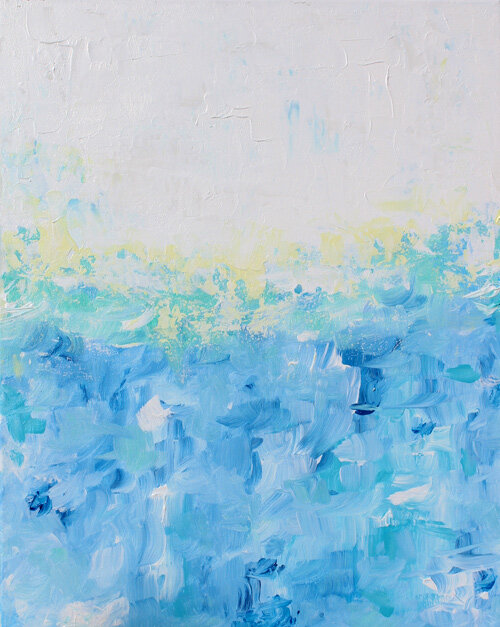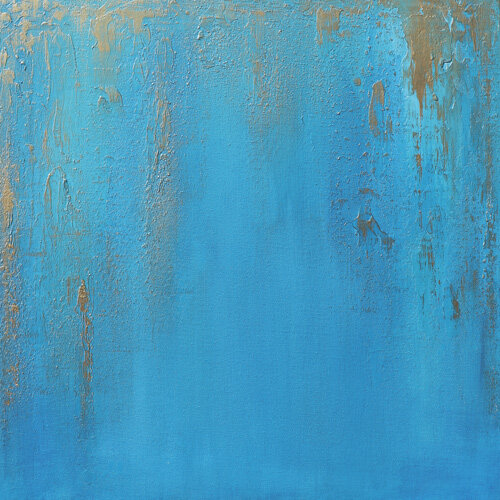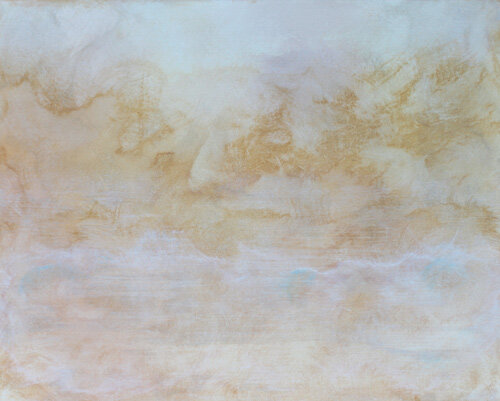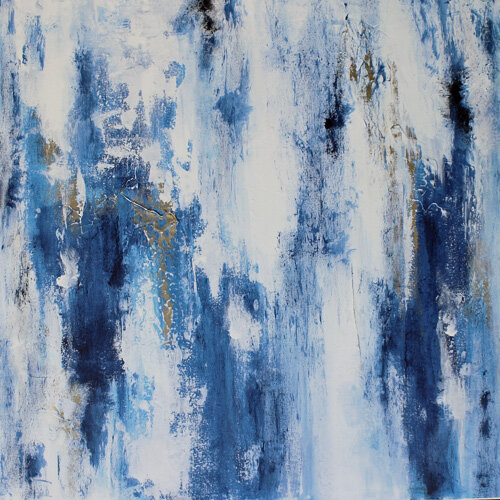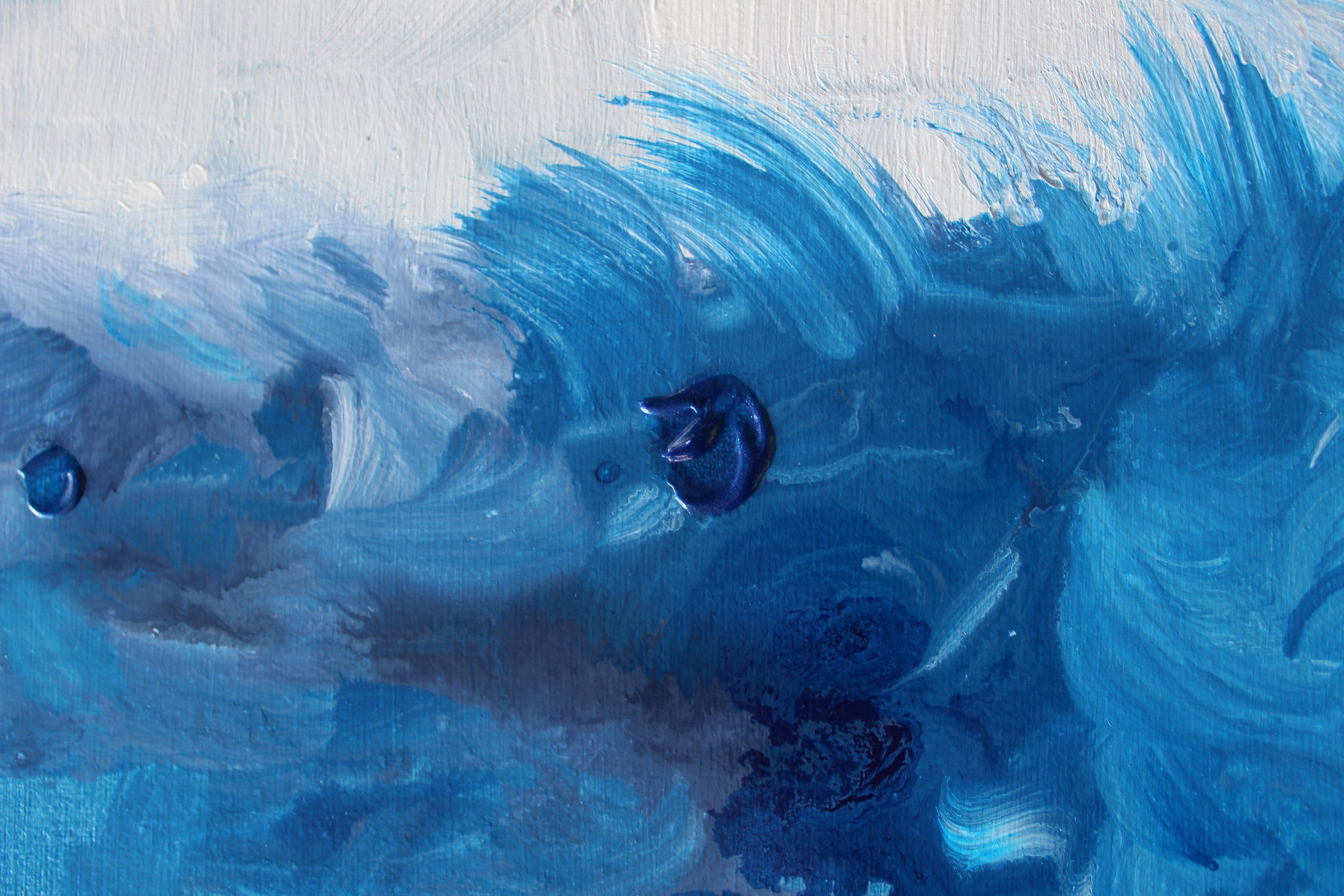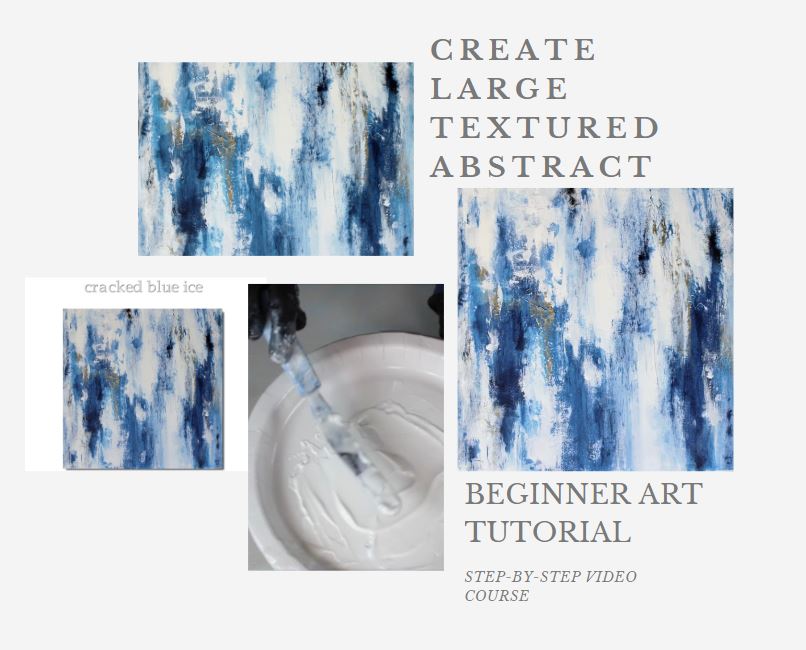Acrylic Painting Mediums: Glaze, Texture, Flow, Gels, Absorbent Ground Fiber Paste
ACRYLIC PAINTING WITH MEDIUMS - How to use mediums in acrylic painting
An overview of the most popular acrylic painting mediums and what they do.
As an artist, where would I be without acrylic painting mediums?
I love using them and they can truly transform your paintings!
Acrylic paint is one of the most popular paints for beginning to advanced artists to use because of how easy it is to use. (See my EVERYTHING YOU NEED TO KNOW TO PAINT LIKE A PRO POST)
Choose just a few favorite colors, a paintbrush or knife, canvas, and water and you can start creating beautiful works of art. Unlike oils, there’s no long drying times, fumes (only minimal) or special tools needed to clean your brushes and tools.
Acrylics are easy to obtain, use and maintain. This makes them a perfect choice for painting—even if you’re just starting out. You can also use acrylics on fabric and other surfaces and they are ideal for mixed media projects.
Versatility:
Acrylics are incredibly versatile, but they come with a few limitations.
One is that they dry quickly. This might not be difficult for everyone, but fast-setting paint also creates the inability to move/manipulate and blend paint after a few minutes.
Less-Than-Ideal-Finish:
Another shortcoming is that the pigments in acrylics can make an artwork look flat (or even plastic-y) once it dries.
Unlike oil paints that have a lustrous sheen (thanks to the fact they are made with buttery oils), acrylics have a polymer binder that just doesn’t have the same visual “ooh!” However, you can create a painting in acrylics with an oil-like finish that makes it look oh-so-lustrous (see my tutorials on this).
PROS OF ACRYLICS:
Enter acrylic mediums: These special formulas can take a ho-hum painting and create something that is gallery (and sales) quality. When used with your favorite acrylic paintings and techniques, they can add another a completely new dimension to your paintings.
What is an acrylic medium?
Mediums are a product that is used with acrylics. It is something you would purchase additionally to add flow, finish, gloss, glaze, transparency, texture, surface…so many things!
These mediums are substances that are added to paint to change one or more of its properties. You can easily incorporate these into the pigments to lengthen its drying time (sometimes called working wet-on-wet), make it thicker, change the texture…an on and on.
Types of Acrylic Mediums
There are many types of acrylic mediums available (and more being developed and sold by the big paint brands all the time). To keep it simple and get started, here are four of the most popular acrylic mediums you can experiment with in your studio.
(Popular brands like Liquitex, Golden, Winsor-Newton all develop mediums and will likely continue to do so due to their popularity.)
Like creating transparency, watercolor effects and give paintings a beautiful finish?
GEL MEDIUMS
If you’ve been painting for any length of time, you know that just adding water to thin your pigments is a big no-no and too much water will actually break down the pigments and create a flat, dull artwork.
Here’s where gel mediums, like GLAZING MEDIUMS are the killer choice for you.
Add these to dilute your paints, create flow and thin them out for a gorgeous thin layer. You can layer these to build a background or unique color combination found nowhere else!
Using only water can cause uneven coverage. Instead of just water, add gel medium. It will thin the pigment while keeping a nice consistency and give you a pretty finish.
Speaking of finish, it is available in multiple finishes: matte, gloss, or semi-gloss (often called satin), which will each give the paint an extra luster, “matte” out a painting that has too much shine/gloss or just add a beautiful subtle sheen.
Gel medium comes in two different consistencies: Liquid and Heavy Body.
Liquid can be used like water; it increases fluidity and transparency. This means that you won’t see the brush strokes of paint on your canvas. It’s ideal for creating thin, even layers that are required for glazing. (see my tutorials using gel mediums to create full paintings)
Heavy body is a thick, gel-like consistency (like frosting). It focuses on paint consistency. It will make the paint thicker and brushstrokes visible. It’s perfect for making a painting look like oil or creating a gorgeous impasto texture on your artwork.
TEXTURE MEDIUM
One of my mainstays in my studio. Texture mediums, as the name implies, are additions to your paint that create texture and change the composition (thickness, look/feel) of the paint in a very noticeable way. Fiber paste, modeling paste, pumice, and glass beads are just some of the possibilities. They can be mixed in with the paint and spread over the canvas.
Of the texture mediums, modeling gel (similar to heavy gel) is the most commonly used. It’s a heavy white gel-like consistency that’s great for building 3D textures—paintings you want to touch!
To use it, first apply it to your surface using a palette knife or hard tool. (Avoid using a brush with this thick medium unless you love taking three times the time to clean your brush!)
I actually love using a cake decorating knife like this one:
After application, wait for it to dry (I generally support 24+ hours) and then paint on it using like you would any acrylic painting. (see these tutorials that incorporate texture mediums in various forms)
FLOW MEDIUM
Looking for something even thinner than a glaze medium? Flow medium is a great choice. It changes the consistency of your acrylic pigment while making it easier to extend the flow of paint and adherence to your canvas. Acrylic staining, pouring, watercolor-effects all work with a good flow medium (this is what I use) and this will make it easier to achieve the look you want.
SLOW-DRYING MEDIUM
Slooooow down that acrylic from drying so darn fast! If you wish that your acrylic paint wouldn’t dry so quickly, then slow-drying medium is your answer. It increases (maybe even doubles?) the drying time so that you can try some oil-painting techniques—like blending colors on canvas.
Called working wet-on-wet, this is how oil painters get those luminous looks and working with a slow-drying medium in your acrylics can help you attempt that aesthetic.
UNIQUE MEDIUMS
Crackle paste – this can give you a unique crackle-like effect in your artwork
(tutorial)
Fiber paste – create a rough texture that also has the ability to act like paper
(see my Youtube video using this)
Absorbent ground – similar to fiber paste but with a much less textured finish, this will create a “paper-like” effect on canvas (watercolor effects)
Self-leveling gel- this thick pourable gel can create a smooth, transparent finish. Thicker than glazes, it can create layers of transparency.
See my tutorials using many of the mediums we’ve covered at http://www.101artists.com
Some of my paintings using these mediums:
LATE SUNSET – created with crackle paste, you can see the “crackle” texture
MODERN SUNRISE – acrylic minimalist landscape with an oil-like finish created with gels
CRACKED BLUE ICE – textures with modeling paste
GLAZED EARTH (below) – transparencies created with glazes in layers
GLAZED EARTH - transparency mediums
CRACKED BLUE ICE - Texture mediums
ART TUTORIALS - Full-scale guided classes
